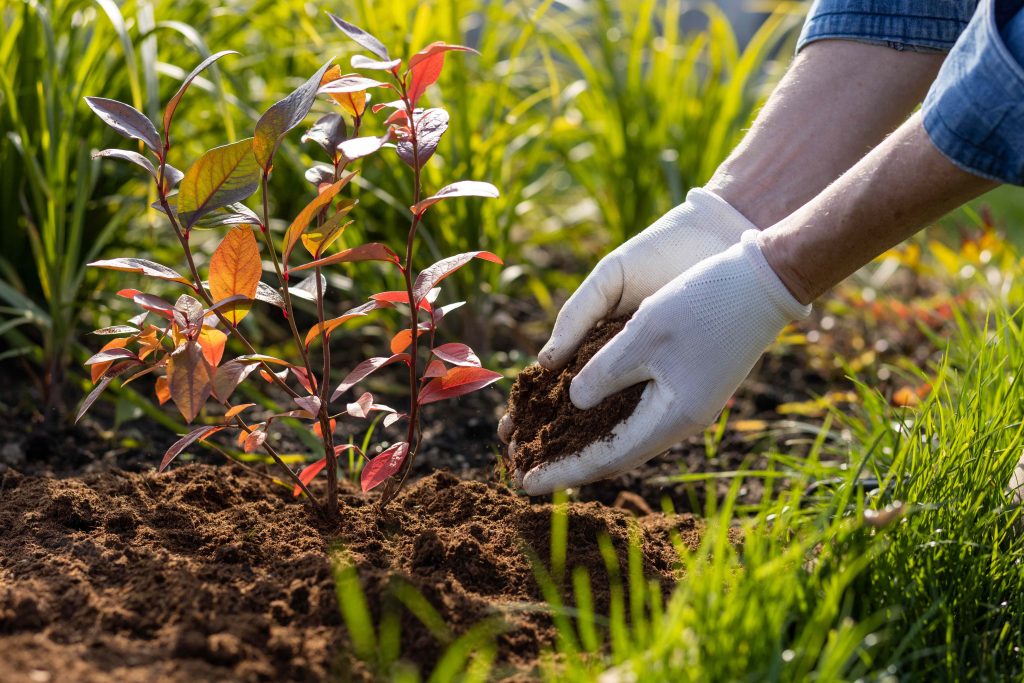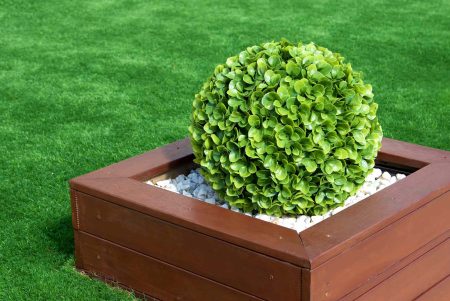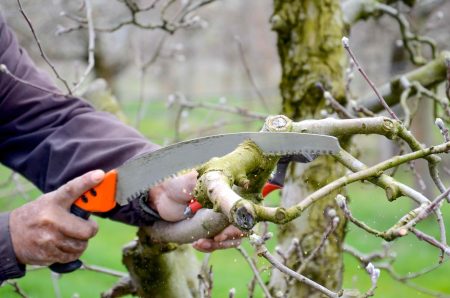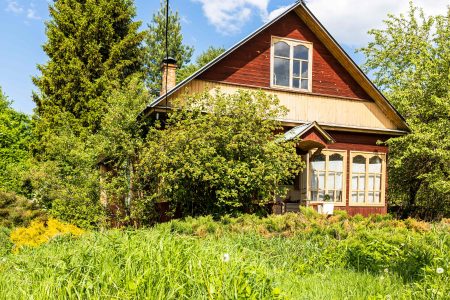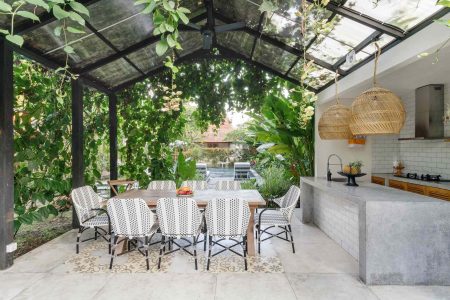Key Points
- While mulching your gardens is beneficial, fall mulching isn’t required.
- As long as your garden is mulched, there’s no need to add more in the fall.
- Tidying beds and dividing perennials are more worthwhile tasks this fall.
Fall may signal that the end of the growing season is near, but don’t put away your gardening tools quite yet. There are a few tasks that are essential to complete before the frost arrives to ensure your garden is ready to withstand the cold winter temperatures to come.
From planting spring bulbs and harvesting seeds to pruning and covering cold-sensitive plants, fall is the perfect time to get your yard ready for a long winter’s rest. But is fall mulching on the list?
This common fall gardening task may have just become a habit for you over the years, but is it really worth the time and money, or can your garden survive the winter without it? We asked a gardening pro.
Meet the Expert
David Mizejewski is a naturalist with the National Wildlife Federation and author of Attracting Birds, Butterflies and Other Backyard Wildlife.
Want more gardening tips? Sign up for our free gardening newsletter for our best growing tips, troubleshooting hacks, and more!
Don’t Miss
Do You Need to Mulch Your Garden in Fall?
Adding mulch to your garden offers a myriad of benefits, from helping to retain soil moisture to suppressing weeds to insulating plant roots. Generally, applying a fresh layer of mulch in the spring is recommended, especially in areas with harsh winters where snowfall may disrupt the existing mulch layer.
There’s also been discourse about mulching your garden in the fall, with many experts saying it’s necessary to help your plants survive freezing winter temperatures. However, David Mizejewski, an author and naturalist with the National Wildlife Federation, says the necessity of fall mulching has been overblown.
“There’s not a particular benefit to mulching specifically in the fall,” he says. “The best time to add mulch is when there’s bare soil exposed, regardless of the season.”
If your garden didn’t get a proper mulching in the spring, the fall may be a great time to do it before the winter weather arrives. Similarly, if you plan to do a lot of fall gardening and planting, topping up the mulch as you go is a good idea.
Generally, freshly planted trees, shrubs, and perennials benefit the most from mulching as their tender roots acclimate to their new environment.
But if your garden already has a solid layer of mulch in place, there’s no need to add more in the fall. This is especially true for established native varieties, which may not require as much protection from the elements in your area.
Mulching Best Practices
When it comes to mulch, there is no shortage of options. However, Mizejewski says there are a few things you should know before you start mulching your garden.
First, opting for organic mulches is always best for the health and longevity of your garden. Organic mulches, such as leaves, straw, grass clippings, and wood chips, help improve the soil as they decompose.
Better yet is the leaf layer that naturally forms in the fall as trees lose their leaves, Mizejewski says.
“Fallen leaves are the most natural form of mulch and are totally free,” he says. “The fallen leaf layer is also a critically important habitat for countless beneficial insects, birds, and other wildlife. They’ll compost and return nutrients directly to the roots of your plants.”
Another natural mulching method to consider is “green mulching” or “dense planting.” This practice involves strategically planting your garden so that the plants themselves cover the soil with their foliage. This can be done by planting them close together, or by adding dense ground covers between your larger plants.
Other Important Fall Gardening Tasks
So, with fall mulching and raking the leaves officially off your fall gardening to-do list, what should you focus your efforts on in the garden this season?
Tidying up your gardens (removing annuals and dead plants to prevent overwintering pests and diseases), planting spring bulbs, dividing perennials, saving seeds, and harvesting the last of your late crops are tasks worth focusing on.
Taking time to evaluate your garden’s performance for the year and plan next year’s plantings and layout are also worthwhile tasks to help prepare you for next year’s garden.
Read the full article here



